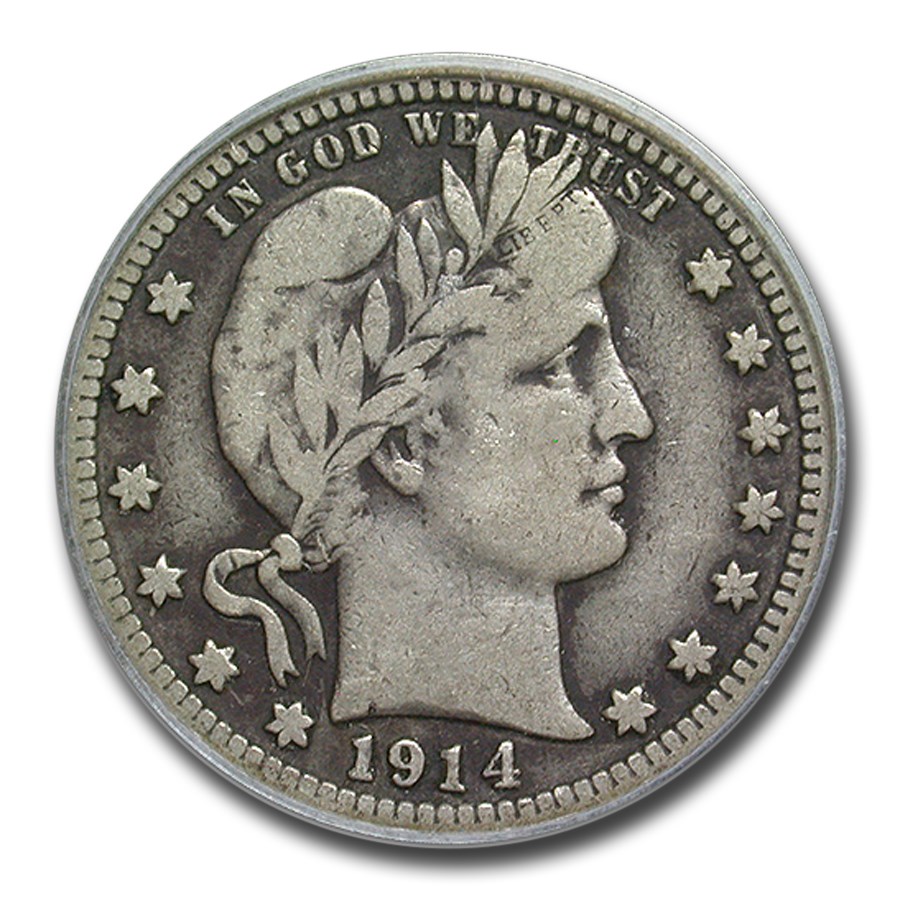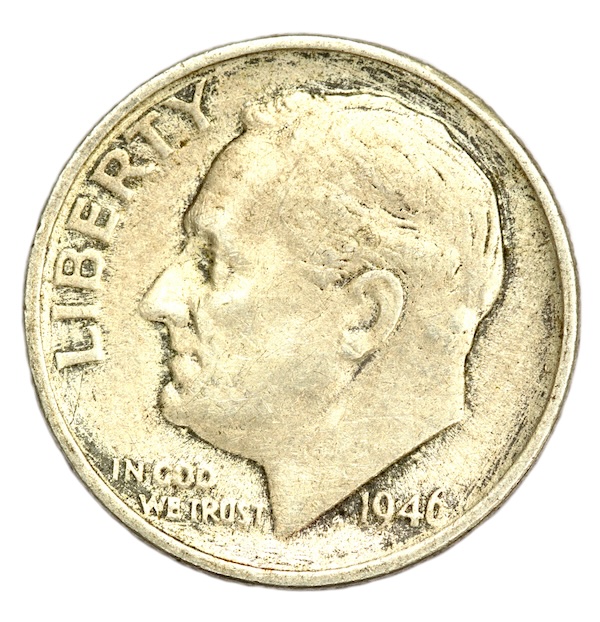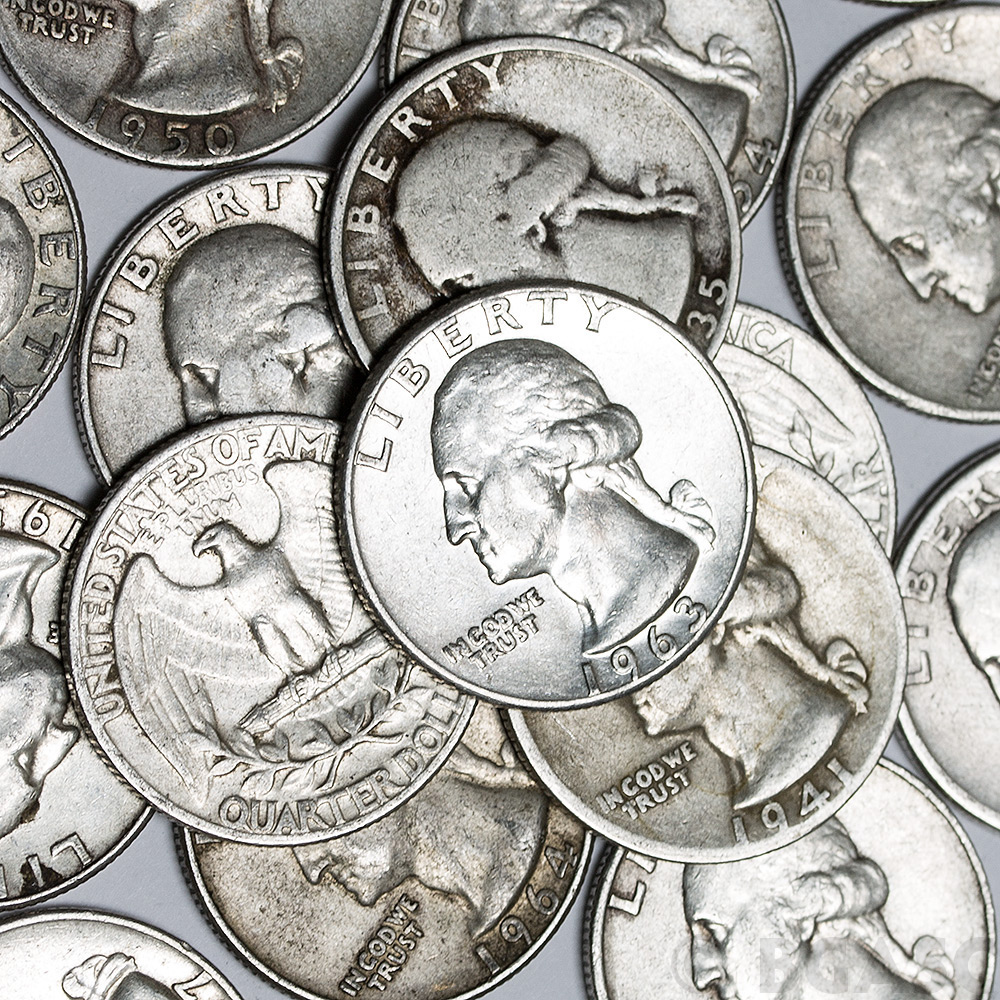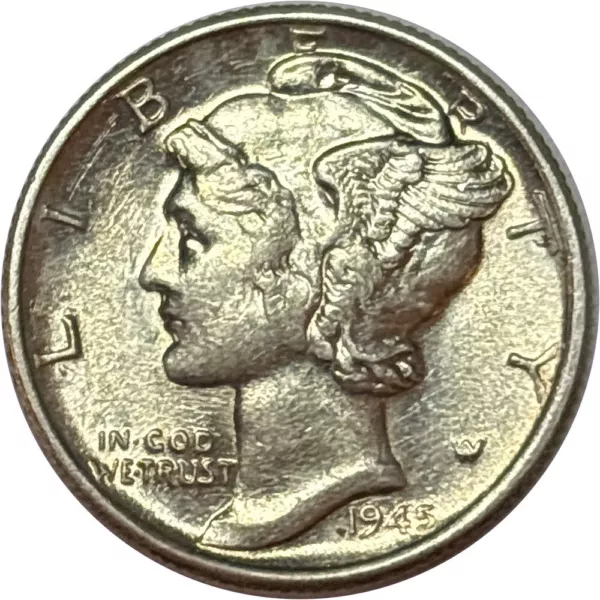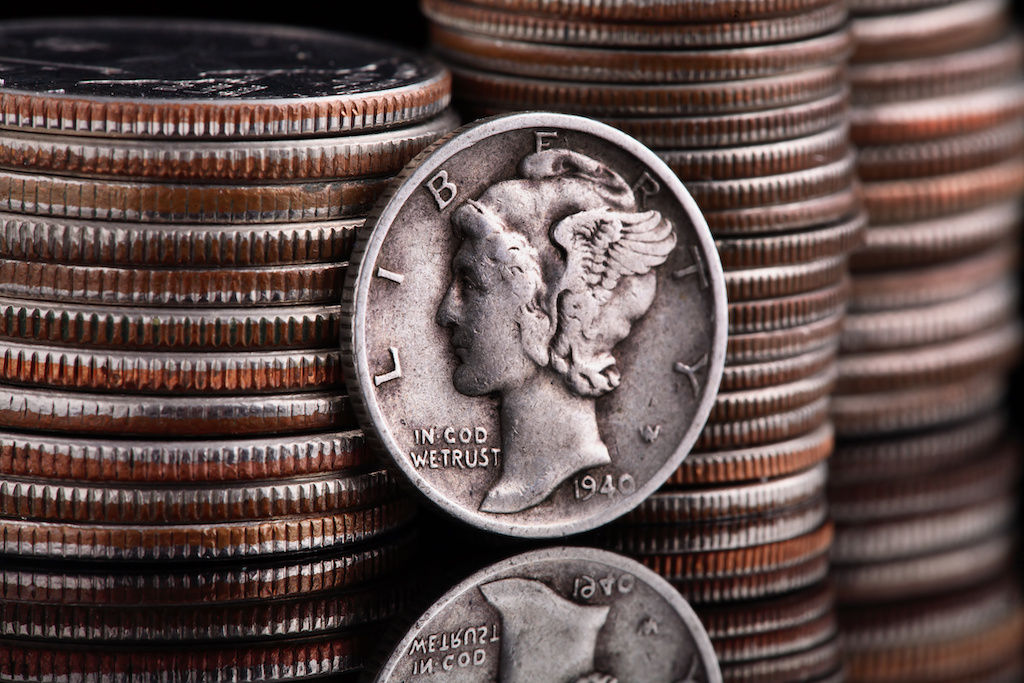The 1916-D Mercury Silver Dime is one of the most sought-after coins in American numismatics. It was the inaugural year for the Mercury Dime series and is a prized piece among collectors due to its low mintage, historical significance, and rarity.
The value of the 1916-D Mercury can vary widely based on condition, with high-grade examples commanding significant premiums.
All branches of the US Mint were transitioning from the Barber to the Mercury in 1916, and the Denver branch faced limited demand for dimes and focused more on producing other denominations, resulting in the mintage of only 264,000 Mercury dimes.
Mercury Dime Historical Context
The early 20th century saw a push for more artistic and symbolic designs on American coins, and the Mercury Dime, officially known as the Winged Liberty Head Dime, was introduced in 1916.
The context for the Mercury Dime’s introduction stemmed from the Coinage Act of 1890, which mandated that coin designs could be changed every 25 years.
The design of the Mercury Dime was chosen through a process led by the U.S. Mint and Treasury Secretary William McAdoo. A design competition was held, and sculptor Adolph A. Weinman’s design was highly praised and chosen for its classical elegance.
Symbolism
The obverse features Liberty with a winged Phrygian cap, representing freedom and liberty of thought. The reverse displays a fasces (a bundle of rods with an axe), a symbol of strength and unity, alongside an olive branch symbolizing peace.
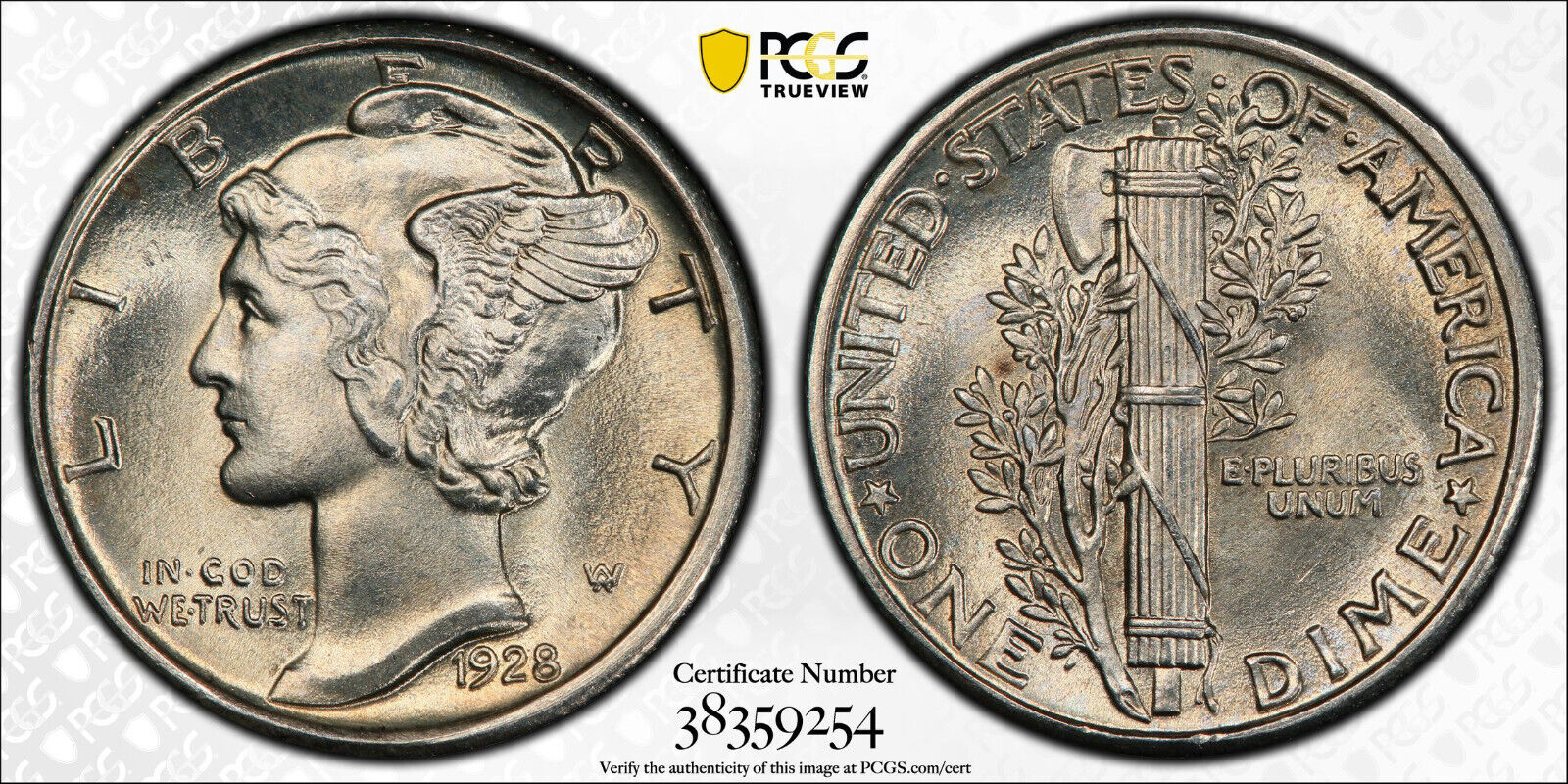
The symbolism of unity and peace was particularly poignant given that the coin was introduced at the height of World War I when the notions of peace and national strength were critical.
1916 Mercury Dime Mintage
- Philadelphia Mint (No mint mark): 22,180,080
- San Francisco Mint (S): 10,450,000
- Denver Mint (D): 264,000
The 1916-D Mercury Dime had the lowest mintage of the entire 29 year history of the Mercury Dime series.
1916-D Rarity and Values
The 1916-D Mercury Dime stands out as one of the most coveted coins in American numismatics due to its exceptionally low mintage. The Denver Mint produced a mere 264,000 dimes that year, making it one of the most valuable coins in the series, especially in higher grades.
The value of a 1916-D Mercury Dime varies greatly depending on its condition, or grade. Understanding the different grading conditions is essential when assessing the coin’s value. These coins are over one hundred years old and many were circulating for decades before being discovered by a collector in some spare change.
Good (G4)
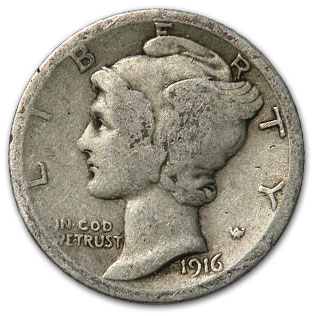
In Good condition, the 1916-D Mercury will still appear heavily worn. Most of the major design elements, such as Lady Liberty’s profile and the fasces on the reverse, will be significantly worn down. The details in Liberty’s hair will be nearly flat, and the winged cap will have lost most of its details. The inscription “LIBERTY” may still be visible but faint. The “D” mintmark on the reverse might be worn but should still be visible.
Value Note: Even in worn condition, the scarcity of the 1916-D Mercury gives it a high value compared to other coins with examples in this condition fetching $800 to $1,000.
Fine (F12)
A Fine 1916-D Mercury will show moderate wear. Liberty’s profile will be more defined, though the hair will be mostly flat. The wings on her cap will show basic outlines but lack finer details. On the reverse, the fasces will show the distinct shape of the axe but will be missing finer lines. The “D” mintmark will be clear. Mercury Dimes in Fine condition are a great choice for budget-conscious collectors who want to own the quintessential key date without paying the premium for higher grades.
Extra Fine (XF40)
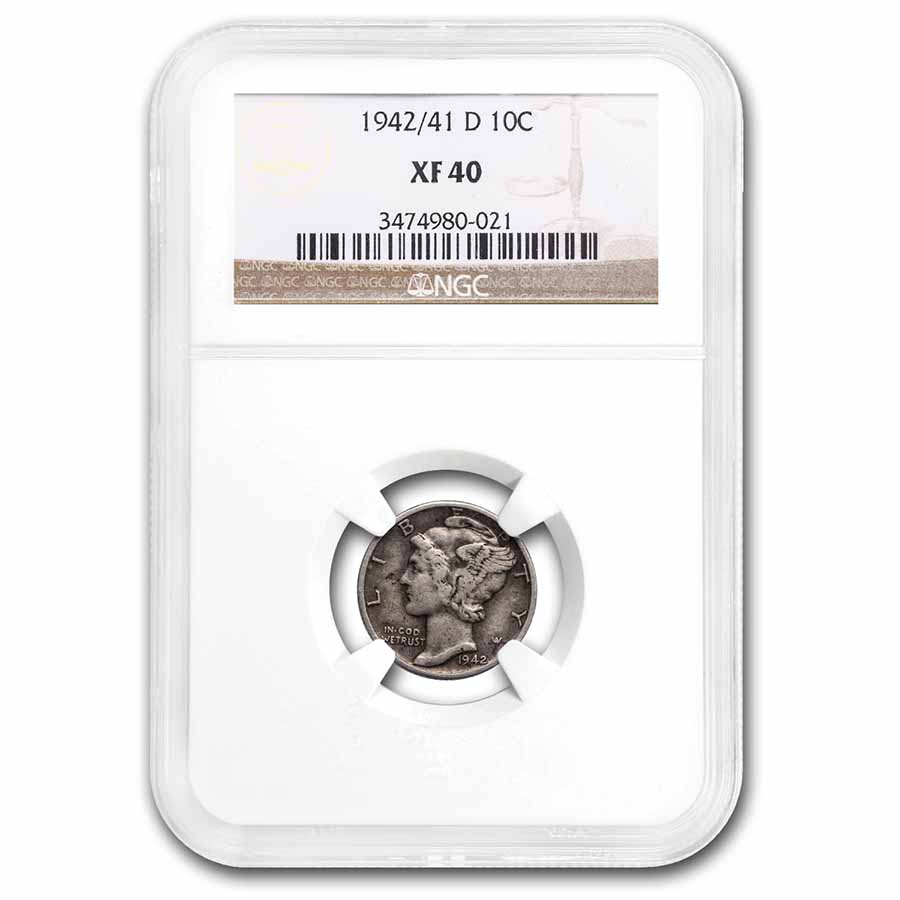
In a Very Fine condition, there is noticeable detail in Liberty’s hair and winged cap. Some individual strands of hair will be visible, though not fully sharp. The winged cap will also show more depth and separation between the wing elements. On the reverse, the fasces and axe will begin to show sharper lines. The lines running through the fasces will still be partially worn but clearly visible.
Value for Collectors: Collectors who prefer more detailed coins may target this grade as a balance between affordability and maintaining the coin’s historical aesthetics with values ranges from $6,000 to $10,000.
Almost Uncirculated (AU50)
In Almost Uncirculated condition, the 1916-D Mercury will have only light wear on the highest points of the design. Liberty’s hair and the wings on her cap will have most of their detail intact, though there may be slight wear on the highest points. The reverse will show sharp details on the fasces, with clear lines separating the bands and distinct textures on the axe. An AU50 example represents a coin that is very close to mint state but comes at a significantly lower price than a fully uncirculated example.
Certified 1916-D Mercury Dimes
Investors and collectors should strongly consider focusing on certified 1916-D Mercury Dimes when adding one to their collection.
Counterfeits are common due to the coin’s rarity and high value. Buying a coin certified by a reputable grading service like PCGS or NGC from a trusted dealer helps to ensure authenticity.
When consider this coin as an investment, third-party certified coins come with a guaranteed grade that makes it more liquid and easier to sell.
1916-D Values
Here are the general value ranges based on the coin’s condition:
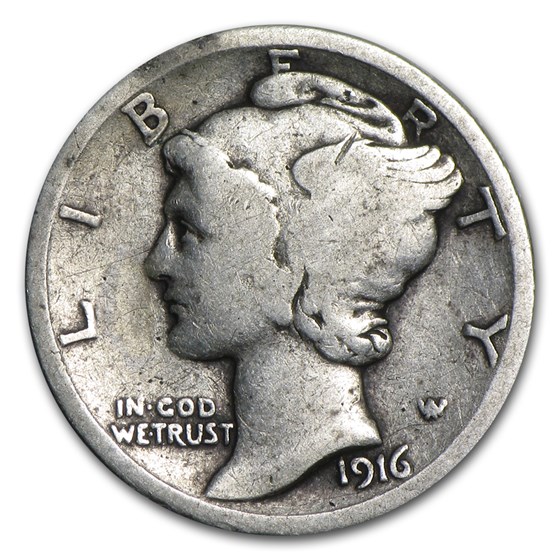
- Good (G-4): $800 – $1,000 (APMEX)
- Very Good (VG-8): $1,200 – $1,500 (APMEX)
- Fine (F-12): $2,000 – $3,000 (CoinWeek)
- Very Fine (VF-20): $3,500 – $5,000 (LandofCoins)
- Extremely Fine (EF-40): $5,500 – $7,000 (USACoinBook)
- About Uncirculated (AU-50): $10,000 – $20,000 (BullionShark)
- Mint State (MS-60 to MS-65): $15,000 – $35,000+ (PCGS)
The highest Mercury Dime values are for coins in Mint State (MS) condition, which exhibit no wear and retain their original mint luster.
The Denver Mint
The Denver Mint officially began coin production on February 1, 1906, with the first coins struck being $20 double eagles. The Denver Mint’s history dates back to the discovery of gold in the Rocky Mountains in 1858.
In 1860, a private mint known as Clark, Gruber & Company was established in Denver that produced territorial gold coins that were used locally.
The United States Treasury purchased the Clark, Gruber & Company mint in 1862 for $25,000. It operated as an assay office where gold could be deposited and exchanged for coins produced at other mints.
Congress authorized the establishment of a new mint facility in Denver in 1895. Construction began in 1897 and completed in 1904.
Throughout the 20th century, the Denver Mint became one of the largest producers of coins in the United States and continues to produce billions of coins annually. In addition to circulating coins, the mint produces commemorative coins, coin sets, and medals. The “D” mint mark distinguishes all coins issued by the Denver Mint.


